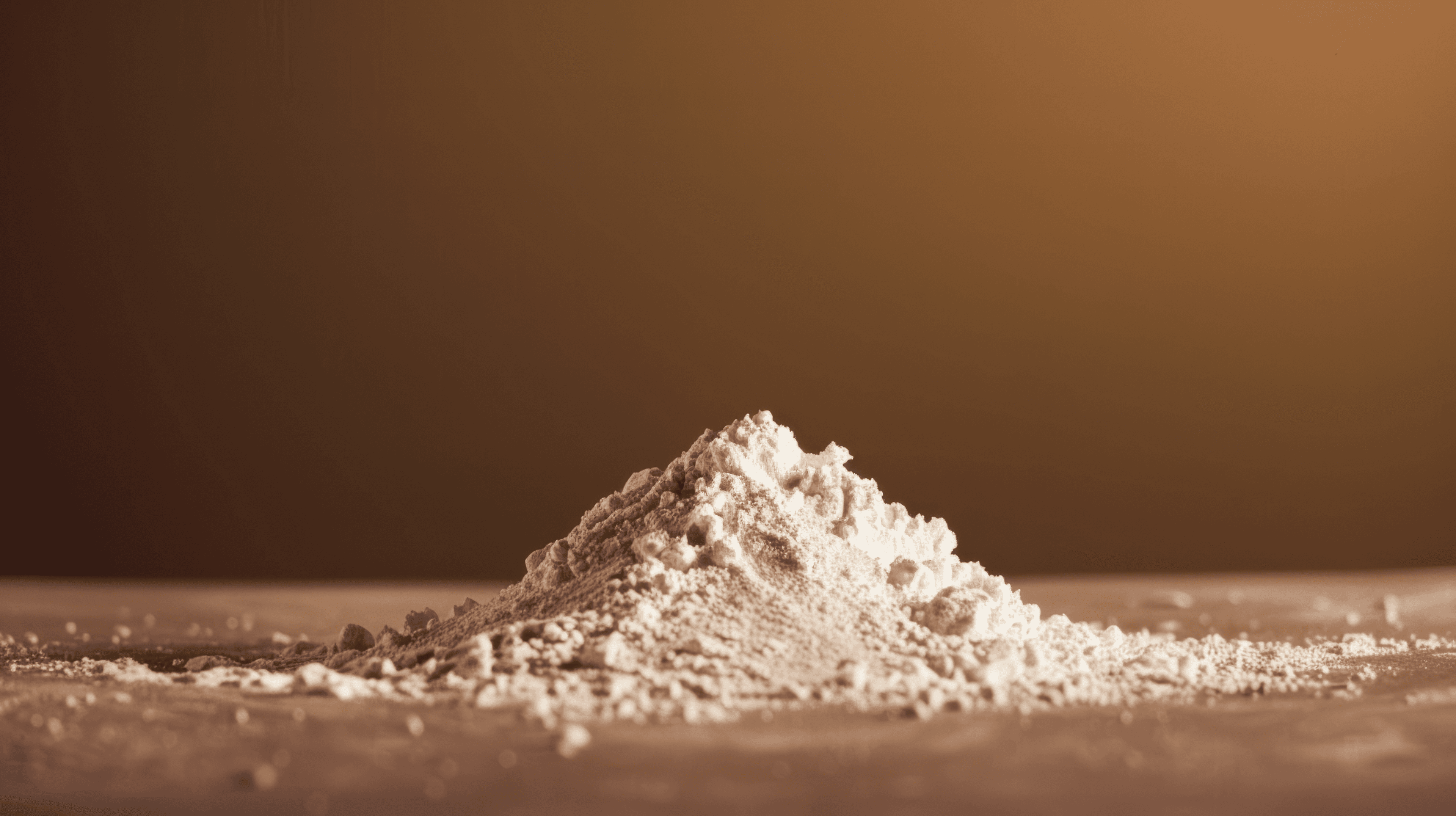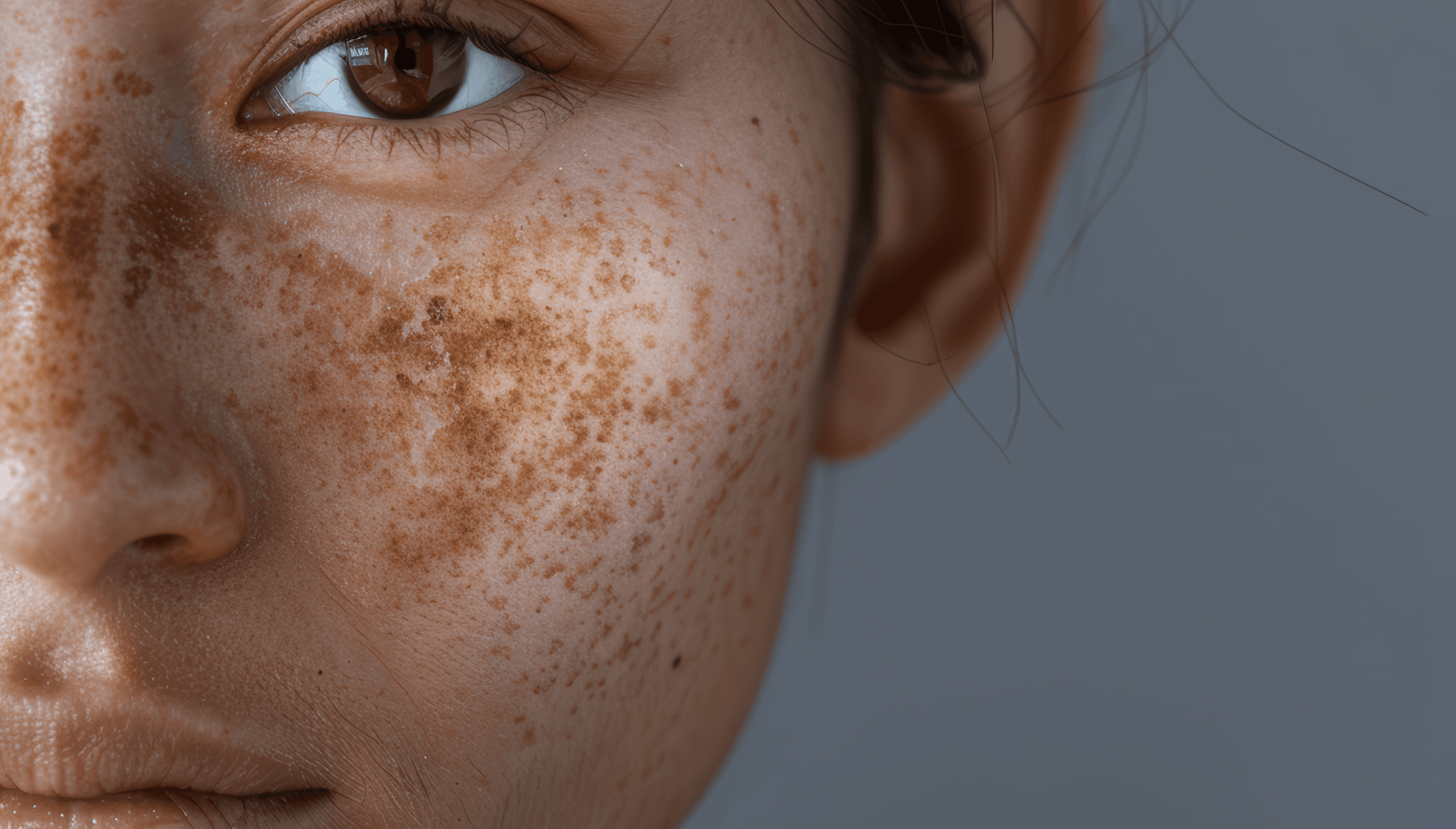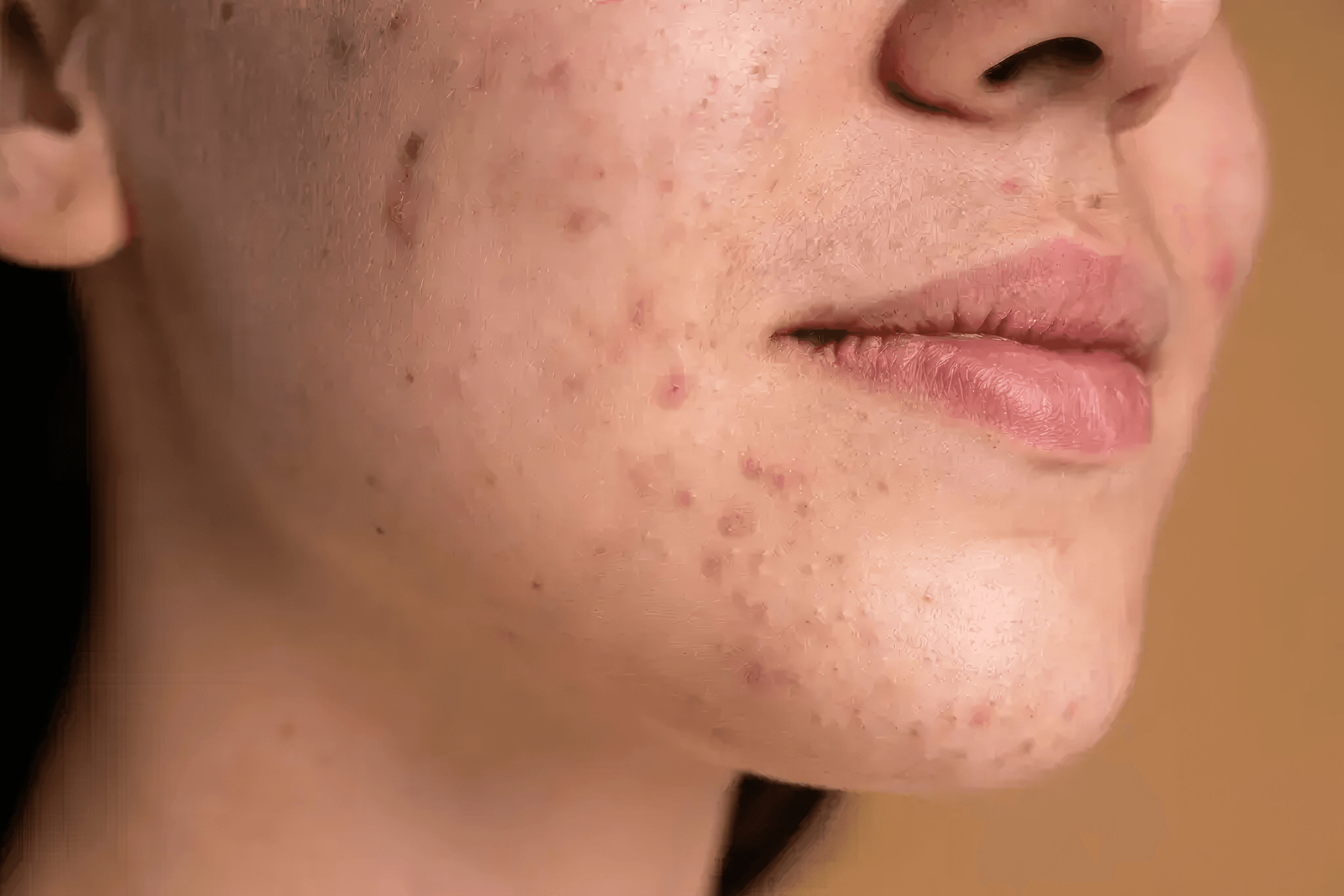Tranexamic Acid: Tackling Hyperpigmentation on Multiple Fronts
Troels Marstrand, Ph.D.
March 21, 2024


Tranexamic acid (TXA) has emerged as a game-changer in the world of skincare, offering a potent solution for combating stubborn hyperpigmentation concerns such as melasma, PIH, and sun-induced dark spots. But what makes this molecule so effective? Here we provide a quick overview of how TXA works, and what makes it so effective.
Tackling Melasma from Multiple Fronts
TXA has proven its mettle as a first-line treatment for melasma, those pesky patches of hyperpigmentation often triggered by hormonal fluctuations or sun exposure. When administered orally or topically, TXA not only reduces epidermal hyperpigmentation but also improves dermal disorders associated with melasma, by strengthening the blood vessels and the membrane between the epidermis and dermis.
Counteracting Sun-Induced Hyperpigmentation
TXA's efficacy extends beyond melasma, offering a potent defense against sun-induced hyperpigmentation, including immediate pigment darkening and delayed tanning. By suppressing melanin synthesis and melanocyte activation, TXA helps prevent and fade those stubborn sun spots and freckles.
The Anti-Plasmin Activity
TXA works indirectly on melanin production via its anti-plasmin activity. This unique property inhibits the production of various signaling molecules that promote melanogenesis (melanin production), including arachidonic acid metabolites, prostaglandins, leukotrienes, and histamine. In other words: TXA works upstream of the processes leading to melanin production, meaning that the cellular machinery needed for melanin production is not activated.
Disrupting the Melanogenesis Pathway
New research hints at yet another mechanism by which TXA can inhibit melanin production.
TXA may interfere with the processing of pro-opiomelanocortin (POMC) to melanocyte-stimulating hormone (MSH), a potent melanocyte activator. Additionally, it may inhibit the release of basic fibroblast growth factor (bFGF), a molecule that promotes melanocyte proliferation. What this means is that TXA may inhibit the growth of melanin producing cells and inhibit the activation of melanin production both via the inhibition mentioned above and a secondary inhibition via MSH repression.
Combating Sun-Induced Hyperpigmentation at the Source
When it comes to sun-induced hyperpigmentation, TXA plays a crucial role by suppressing the production of prostaglandin E2 (PGE2), a key activator in hyperpigmentation formation that increases in the skin after UV irradiation.
The Epidermal Connection
The effectiveness of topical TXA application may be attributed to its anti-plasmin action in the skin, particularly in the epidermis. Here, TXA inhibits the urokinase-type plasminogen activator (uPA)/plasminogen system in the basal layer of the epidermis, thereby suppressing melanocyte activation and subsequent melanin overproduction.
TL;DR
TXA inhibiting properties of melanin production comes from multiple sources:
It directly quench the signal transduction leading to melanin production
It strengthens the blood vessels and membrane between the dermis and epidermis
It limits the production of MSH a melanocyte stimulating hormone
It disrupts the signal molecules leading to UV induced melanin production
TXAs multifaceted inhibiting properties makes it a powerhouse ingredient for tackling hyperpigmentation. Whether combating melasma, sun spots, or other pigmentary irregularities, TXA emerges as a true challenger to current standard of care via hydroquinone, offering a safe and effective solution for achieving a more even, radiant complexion. Even Element uses 3% TXA which has been shown to be on par with hydroquinone in the treatment of hyperpigmentation.
References:
Maeda, Kazuhisa. "Mechanism of Action of Topical Tranexamic Acid in the Treatment of Melasma and Sun-Induced Skin Hyperpigmentation." Cosmetics 9.5 (2022): 108.
Janney, Manasa S., et al. "A randomized controlled study comparing the efficacy of topical 5% tranexamic acid solution versus 3% hydroquinone cream in melasma." Journal of cutaneous and aesthetic surgery 12.1 (2019): 63.
Tehranchinia, Zohreh, Bita Saghi, and Hoda Rahimi. "Evaluation of therapeutic efficacy and safety of tranexamic acid local infiltration in combination with topical 4% hydroquinone cream compared to topical 4% hydroquinone cream alone in patients with melasma: a split-face study." Dermatology research and practice 2018 (2018).
Read next


